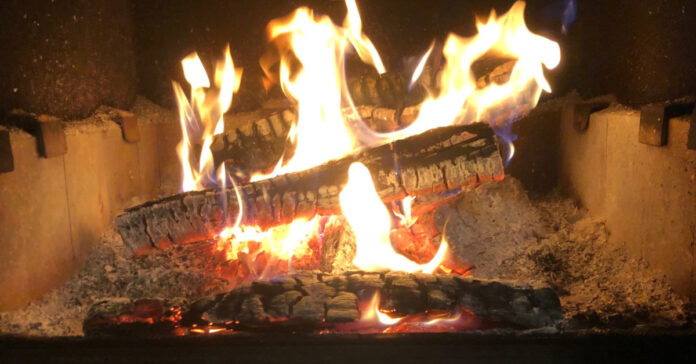
More than 200 people died in Texas earlier this year because of power outages and utility failures. With energy prices rising and every lump of coal or cubic foot of natural gas in high demand, now is the time to consider how you would stay warm if your utilities fail this winter.
Plan now, while you still have time to prepare, to address how you would you keep warm if the natural gas stopped flowing or there was a long power outage. Do you have an alternative heat source, like a kerosene or propane heater? Are you prepared to survive a week in bitter cold without heat? How about a month? Do you know how to shut off the water and drain the pipes to keep them from freezing?
Fire is Your Best Friend
For millennia, fire was humanity’s primary source of heat. It was so important that ancient myths considered it a gift from the gods. If your access to modern fossil fuels disappears, a wood fire is one of the best way to heat your home, or at least a room or two in it.
Our primary source of heat is a wood stove in our basement. This is the third house I’ve lived in with a wood stove, so I know all about heating with wood. The stove heats most of the house, but on days when the temperature drops below 20, we like to use the fireplace insert upstairs as well. The only downside of the fireplace insert is it uses a blower, which requires electricity. Without the blower, the fireplace does not make much heat. It will be useless in a power outage.
The woodstove cranks out the heat, especially if you load five or more logs in it. It can quickly heat the basement to 78 degrees and keep the main part of the house upstairs in the mid-70s because the heat flows upstairs unimpeded via a wide stairway. The further away you get from the stove, however, the colder the rooms become because less heat reaches them. The guest bedroom and my wife’s office are often in the mid-50s on a winter day, as is the master bathroom. This is the downside of wood heat; there are no ducts to distribute it through the house. That’s one reason houses were so small a century ago; it was difficult to heat a big one. I’ve seen old farm houses with four fireplaces plus a wood stove in the kitchen.
If you have to depend on a wood stove or other single point of heat for warmth during an emergency, consider closing off the cold rooms and using only the central part of the house where it is warm. If you have a fireplace, look into converting it into a wood stove because they produce far more heat. Don’t wait as demand and supply chain issues will combine to make woodstoves hard to find this year.
While outdoor boilers are a good way to heat with wood, they require electricity to circulate the heat. For this reason, I do not recommend them as a fall-back plan.
Alternative Heaters
If you have a large propane tank, consider installing a through-the-wall propane heater that does into require electricity. They make these for off grid cabins. You can also get stand-alone propane heaters, like the Mr. Heater Big Buddy. Just make sure the heater you select does not require electricity to power a blower and is designed for indoor use.
When I was a kid, my parents would occasionally bring out an old kerosene heater. It smelled like jet fuel when it burned, but it took the chill off. Maybe the technology has improved. I know I have seen some models that use batteries to give them automatic ignition.
You could also get a pellet stove and burn wood pellets. Again, make sure it will work without electricity. Some pellet stoves have hoppers that hold the pellets and rely on electronics to dispense them into the fire box. You can’t harvest pellets in the local forest, but you can store a pallet of them in your garage or shed.
I don’t recommend using charcoal briquettes in a fireplace, and you should never move a charcoal grill into your house; you must have a proper chimney to heat with charcoal or an open flame indoors. Whatever heat source you use, be careful to avoid carbon monoxide poisoning and be careful not to move flammable materials away the heater. Read the installation and user guides for any stovees, heaters, or other devices you use to keep warm.
Stock Up on Fuel
Whatever you are burning, this is the year to stock up and this is the time. Fill those propane tanks. Build up the firewood pile. The price for seasoned firewood is already rising and will be in very difficult to get in the middle of an energy crisis. I currently have five cords on hand and my wife asked if I am considering adding a sixth. We also have over 10 acres of forest with many deadfalls where we can harvest more wood as needed.
Some companies that make wood pellets also make brick-sized “pellets” to burn in traditional wood stoves. You can use these alone or mixed with cord wood. Best of all, they can be delivered on a pallet via truck. They are clean, don’t carry bugs and won’t dirty your house when you carry them inside.
Let’s say you run out of firewood. What alternatives are there? Not many good ones, I’m afraid. Tightly rolled up a newspaper will burn somewhat like a log. Corrugated cardboard will also burn, but not for very long. You can find videos online about how to make compressed paper and cardboard blocks which will burn better than the loose stuff, but it can take weeks for these blocks to dry. Both newspaper and corrugated reportedly release chemicals into the air via smoke, but that’s better than freezing to death.
Throughout history, people have burned their furniture in emergency situations, but that only works if you have wooden furniture. In a pinch, you could consider burning books, especially paperbacks. Don’t overlook fallen limbs and twigs. You can gather arms full of these in wooded areas and burn them. They won’t burn as long as a thick piece of wood, but they will make heat and can be used to cook.
That’s why you need to stock up on fuel, because there just are few viable alternatives.
Other Ways to Keep Warm
Many of our ancestors put on their thermals in the fall and wore them until the spring. If you find yourself in an unheated or under-heated house, put on thermals or layer up with other clothes. I recommend wool thermals, and I would use cotton ones only if there was nothing else available. Polypropylene or polyester thermals are a good middle ground. Note that thermals often come in different weights. You need heavyweight if you are going to be immobile, but lighter ones are better if you are exerting yourself or performing manual labor.
Wool socks and sweaters are also a must. Outdoorsmen slacks and shirts made from wool can also be useful when the indoor temperature drops. Wool retains 70 percent of its heating properties when wet and is flame retardant. If sweaters are not an option, then wear sweatshirts, hoodies and even your jacket while inside.
Warm Bedding
Our bedroom is often in the 50s during the winter. We use a down comforter and sleep quite comfortably. The only downside is you don’t want to get out of bed in the morning. We also have a down comforter on the guestroom bed, although we encourage guests to visit in the warmer months. If you lack a down comforter, use multiple layers of blankets. I have found a light, airy blanket is good for the layer closest to the sleeper, and then put a heavier blanket on top of it. This heavy blanket will trap air heated by your body’s warmth in the lighter blanket, which will help keep you warm.
If you have sleeping bags, these are another good option. You can sleep in them, or unzip and use as a cover. If you have no way to heat your room, set up a tent in the warmest interior room of your house and sleep in it. That will help keep your body heat close.
Another good way to keep warm is to share body heat by sleeping with someone else. Crowd all the kids into one bed under the same set of covers, for example. Even pets can help you keep warm. (Where do you think the term “three dog night” came from?)
If you are relying on a single heat source, move mattresses into the heated room and pile on. Avoid sleeping directly on the floor as it will transmit cold.
What to Eat and Drink
When you are cold, your body will demand more calories to help you keep warm. Besides more calories, you want more fat, which your body will convert into energy. This is when you turn to that Spam you stored up and give everyone peanut butter sandwiches. More importantly, eating and drinking hot food will help raise your internal temperatures. So stock some hot chocolate and plenty of soup. Tea with honey it will also help. Avoid alcohol when you are in a cold environment; it can cause your body temperature to drop.
If the power fails or the gas runs out, it is the very young and the elderly who may suffer the most from the cold. Pay special attention to the youngsters when it is cold and check on elderly neighbors. Some areas have warming centers or shelters where people can go to warm up. Use these as a last resort.


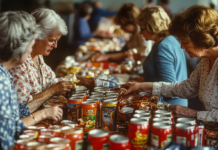
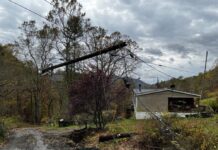
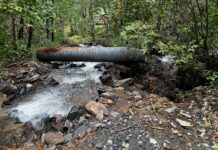

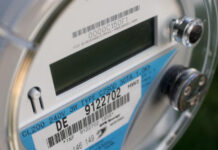

Excellent advice , also look into tea candles NOW.
Comments are closed.